|
|
|
|
|
|
|
|
|
|
|
|
|
 |
 |
 |
 |
|
 |
 |
 |
 |

|
REQUIRED Adventure Pins - Arrow of Light
 | Building a Better World
1. Explain the history of the United States flag. Show how to properly display the flag in public, and help lead a flag ceremony.
2. Learn about and describe your rights and duties as a citizen, and explain what it means to be loyal to your country.
3. Discuss in your Webelos den the term "rule of law," and talk about how it applies to you in your everyday life.
4. Meet with a government leader, and learn about his or her role in your community. Discuss with the leader an important issue facing your community.
5. Learn about your family’s expenses, and help brainstorm ways to save money. Plan and manage a budget.
6. Learn about energy use in your community and in other parts of our world.
7. Identify one energy problem in your community, and find out what has caused it.
8. With the assistance of your den leader or parent, participate in an event that would help lead others in recycling and conserving resources.
9. Show that you are an active leader by planning an activity without your den leader’s help.
10. Do one of these:
a. Learn about Scouting in another part of the world. With the help of your parent or your den leader, pick one country where Scouting exists, and research its Scouting program.
b. Set up an exhibit at a pack meeting to share information about the World Friendship Fund.
c. Find a brother den in another country.
d. Under the supervision of your parent, guardian, or den leader, connect with a Scout in another country during an event such as Jamboree on the Air or Jamboree on the Internet or by other means. | 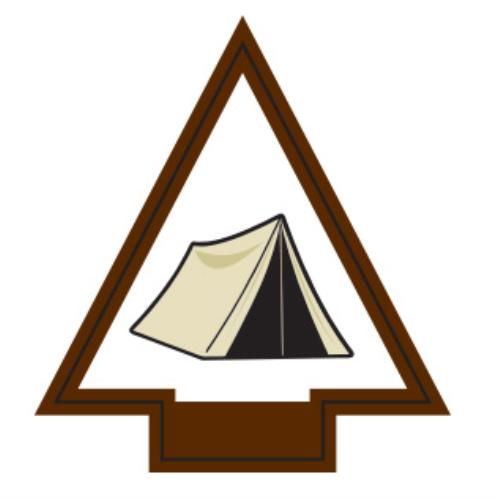 | Camper Do all of these:
1. With the help of your den leader or family, plan and conduct a campout. If your chartered organization does not permit Cub Scout camping, you may substitute a family campout or a daylong outdoor activity with your den or pack.
2. On arrival at the campout, with your den and den leader or family, determine where to set up your tent. Demonstrate knowledge of what makes a good tent site and what makes a bad one. Set up your tent without help from an adult.
3. Once your tents are set up, discuss with your den what actions you should take in the case of the following extreme weather events which could require you to evacuate:
a. Severe rainstorm causing flooding
b. Severe thunderstorm with lightning or tornadoes
c. Fire, earthquake, or other disaster that will require evacuation. Discuss what you have done to minimize as much danger as possible.
4. On a pack campout, work with your den leader or another adult to plan a campfire program with the other dens. Your campfire program should include an impressive opening, songs, skits, a Cubmaster’s minute, and an inspirational closing ceremony.
5. Show how to tie a bowline. Explain when the knot should be used and why. Teach it to another Scout who is not a Webelos Scout.
6. Go on a geocaching adventure with your den or family. Show how you used a GPS unit or a smartphone with a GPS application to locate a geocache.
7. Recite the Outdoor Code and the Leave No Trace Principles for Kids from memory. Talk about how you can demonstrate them while you are working on your Arrow of Light. After one outing, list the things you did to follow the Outdoor Code and Leave No Trace. | 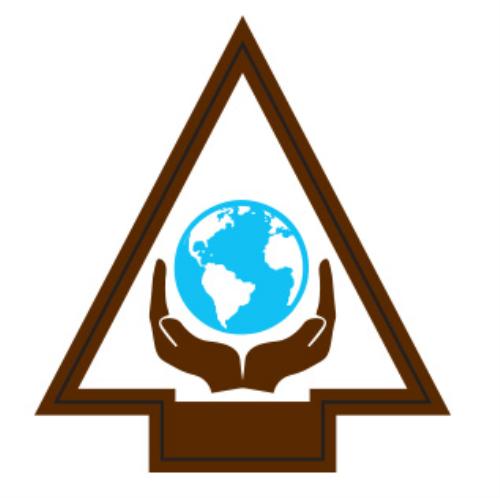 | Duty to God in Action (completed at home) Do either requirement 1 OR requirement 2:
1. Earn the religious emblem of your faith for Webelos Scouts, if you have not already done so.
2. Do requirement 2a and any two from requirements 2b–2e:
a. With your parent, guardian, or religious or spiritual leader, discuss and make a plan to do two things you think will help you better do your duty to God. Do these things for a month.
b. Discuss with your family how the Scout Oath and Scout Law relate to your beliefs about duty to God.
c. For at least a month, pray or reverently meditate each day as taught by your family or faith community.
d. Read at least two accounts of people in history who have done their duty to God. (This can include family members and ancestors.) List their names and how they showed their duty to God.
e. Under the direction of your parent, guardian, or religious or spiritual leader, do an act of service for someone in your family, neighborhood, or community. Talk about your service with your family and your Webelos den leader. Tell your family, den, or den leader how it related to doing your duty to God. | 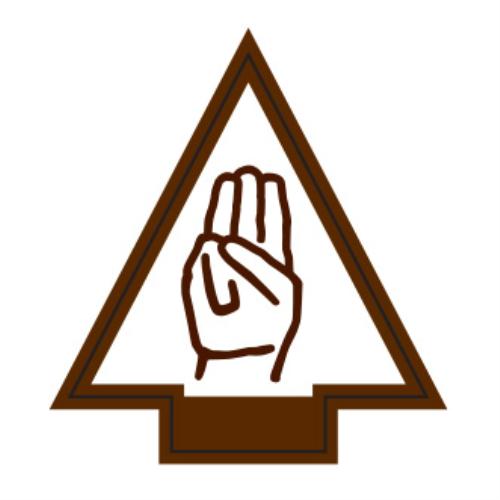 | Scouting Adventure Do all of these:
1. Prepare yourself to become a Boy Scout by completing all of the items below:
a. Repeat from memory the Scout Oath, Scout Law, Scout motto, and Scout slogan. In your own words, explain the meaning of each to your den leader, parent, or guardian.
b. Explain what Scout spirit is. Describe for your den leader, parent, or guardian some ways you have shown Scout spirit by practicing the Scout Oath, Scout Law, Scout motto, and Scout slogan.
c. Give the Boy Scout sign, salute, and handshake. Explain when they should be used.
d. Describe the First Class Scout badge, and tell what each part stands for. Explain the significance of the First Class Scout badge.
e. Repeat from memory the Outdoor Code. In your own words, explain what the Outdoor Code means to you.
2. Visit a Boy Scout troop meeting with your den members, leaders, and parent or guardian. After the meeting, do the following:
a. Describe how the Scouts in the troop provide its leadership.
b. Describe the four steps of Boy Scout advancement.
c. Describe ranks in Boy Scouting and how they are earned.
d. Describe what merit badges are and how they are earned.
3. Practice the patrol method in your den for one month by doing the following:
a. Explain the patrol method. Describe the types of patrols that might be part of a Boy Scout troop.
b. Hold an election to choose the patrol leader.
c. Develop a patrol name and emblem (if your den does not already have one), as well as a patrol flag and yell. Explain how a patrol name, emblem, flag, and yell create patrol spirit.
d. As a patrol, make plans with a troop to participate in a Boy Scout troop’s campout or other outdoor activity.
4. With your Webelos den leader, parent, or guardian, participate in a Boy Scout troop’s campout or other outdoor activity. Use the patrol method while on the outing.
5. Do the following:
a. Show how to tie a square knot, two half hitches, and a taut-line hitch. Explain how each knot is used.
b. Show the proper care of a rope by learning how to whip and fuse the ends of different kinds of rope.
6. Demonstrate your knowledge of the pocketknife safety rules and the pocketknife pledge. Earn your Whittling Chip card if you have not already done so. | ELECTIVE Adventure Pins
 | Adventures in Science Visit a place of science and talk to a scientist, learn about variables, solar system, rockets, circuits, chemical reactions and motion studies. |  | Aquanaut Water safety, swimming classifications, boating, rescues, life jackets and lifeguard training. | 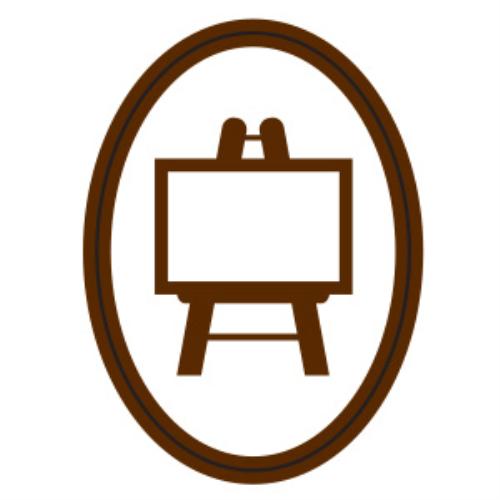 | Art Explosion Visit art gallery, make two self-portraits, explore various art mediums & techniques, create a portfolio and display your artwork. |  | Aware and Care Learn about the challenges of different physical impairments, learn about acceptance of differences, participate in an activity or service project with those who have disabilities. |  | Build It Learn about tools & safety, create a carpentry project and learn about careers in construction. | 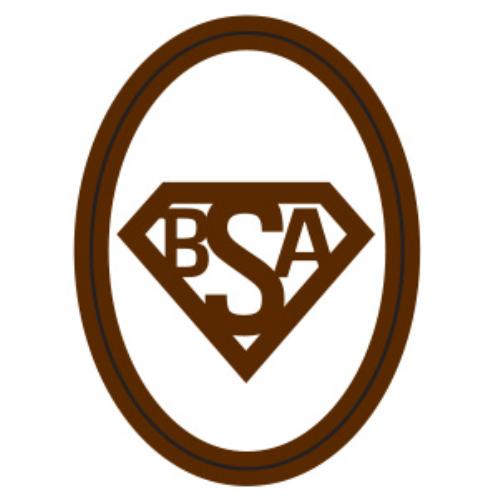 | Build my Own Hero Learn about heroes in your community, Scouting and your personal life. |  | Castaway Outdoor survival, build shelter, fire-starting, simple games, what to do if lost in woods and good leadership in emergency situations. |  | Earth Rocks! Learn about geology, identify rocks & minerals, geological building materials, learn about erosion, earth science and natural resources. |  | Engineer Engineering and types of engineers, learn about blueprints and create two engineering projects. |  | Fix It Home safety & repairs, create Fix It toolbox, learn how to perform various home & car repairs or improvements. |  | Game Design Create an online game and learn about Internet safety. | 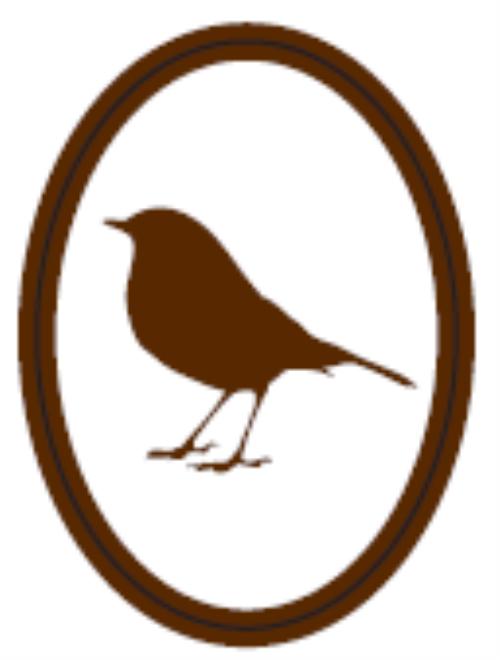 | Into the Wild Insect or reptile collection, bird-watching, animal observation in the wild, food chains and ecosystems, aquatic wetlands, visit a nature center or zoo. | 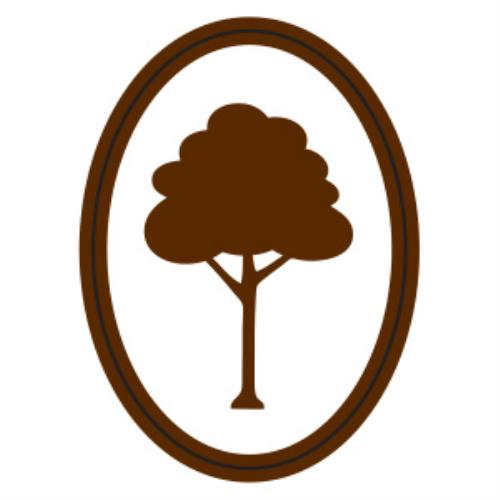 | Into the Woods Forestry, tree identification, plants & trees important to our ecosystem, how wood is useful, tree care and growth. |  | Looking Back, Looking Forward History of Scouting, create timeline and time capsule. |  | Maestro! Make a musical instrument, attend a musical performance, write, teach and perform a song. |  | Moviemaking Create a storyboard, make an animated or live action movie and share it. |  | Project Family Learn about family history and ancestors, create home job chart, home hazards, help plan a family project together and a family fun event |  | Sportsman Play two team sports, two individual sports, learn about official's signals and good sportsmanship. |
|
|
 |
 |
|
 |
 |
 |
 |
|
|
|
|
|
|
|
|
|